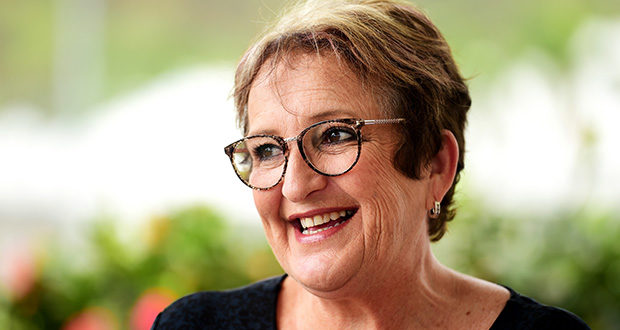A CQUniversity-led project has underpinned the significant role of navigator nurses in promoting better health outcomes for people living with chronic illnesses.
A nurse navigator is an experienced registered nurse who helps patients in finding quality and timely care while answering questions about the treatment process.
The four-year research report comes after the Queensland government released funding in 2016 for 400 nurse and midwife navigators to enrol in 16 hospitals and health settings.
Seven years later, 388 nurse and midwife navigators still stand, of which over half reside in local and regional Queensland.
Aged Care Insite spoke with CQUniversity Associate Professor Adele Baldwin about the challenges nurse navigators face working in rural parts of the state.
"We found that they greatly improved care delivery for patients with complex health conditions and also their quality of life," Baldwin said.
In the report, one parent compared a navigator nurse to Disney's Mary Poppins.
"Everyone believes she's there for the children, but really, she's there putting back the pieces of parents and keeping the family together."
ACI: What challenges do nurse navigators encounter when treating people with complex chronic conditions?
Nurses employed with navigator roles are often very senior and experienced. They have the clinical skills and knowledge to understand what's happening physically and psychologically for the patient as a result of the diseases they have.
But nurse navigators also understand how the health system works and how these services are delivered. So, they are very good at helping patients 'navigate' different specialty areas across locations and health services.
In most cases, patients who are very unwell have challenges in working through the system – understanding the language, the way the service is provided, and the impact of engagement or non-engagement.
As you can understand, if you're feeling unwell, any task becomes even more difficult. In addition, parents and family members close to the patient are often exhausted, mentally and physically.
And that's where a nurse navigator can really help lighten the load.
What difficulties are there specifically in Queensland for nurse navigators?
In Australia, the way healthcare is provided can be very complex. In Queensland, geography adds another layer of difficulty in navigator nurses performing their duties.
For example, planning appointments and co-managing over long distances can complicate situations and make it more demanding for a nurse navigator.
Access can also be an issue for people who don't live in major urban areas or are close to facilities. They often require extensive travel and overnight costs in paid accommodation.
Learning this as a nurse navigator in Queensland can be such a hidden skill.
What other aspects of the nurse navigator role can be challenging in treating patients?
One of the significant challenges is engaging with the patient, working alongside the patient and building a relationship. They also have to develop a connection with the health services and the service providers, as well as understand it.
You have to know who to contact, how to point things in the right direction and how to plan it all.
Then there are also skills involved in the consultations they have with the patient, their carers, and family.
From a nursing perspective, it's an area of advanced nursing practice that allows these experienced nurses to practise more fully or potentially to their full scope of practice.
So, it creates a new professional pathway.
Was there anything in the research that surprised you?
We were pleasantly surprised by the evaluation that showed that the services delivered by nurse navigators were received positively on all levels of care.
It allowed us to optimise the effectiveness of the services.
Another important finding was the level of impact on the patient. These people are really sick and, by the very nature of the chronic disease, won't get better. It's how it's managed.
So, over the four years that we did the study, many of these people progressively became more unwell; unfortunately, some died.
But when we looked at the measures of the quality of life, how they were feeling about everything, even though they were getting sicker, they were happier.
Do you have an idea for a story?Email [email protected]
 Nursing Review The latest in heathcare news for nurses
Nursing Review The latest in heathcare news for nurses

